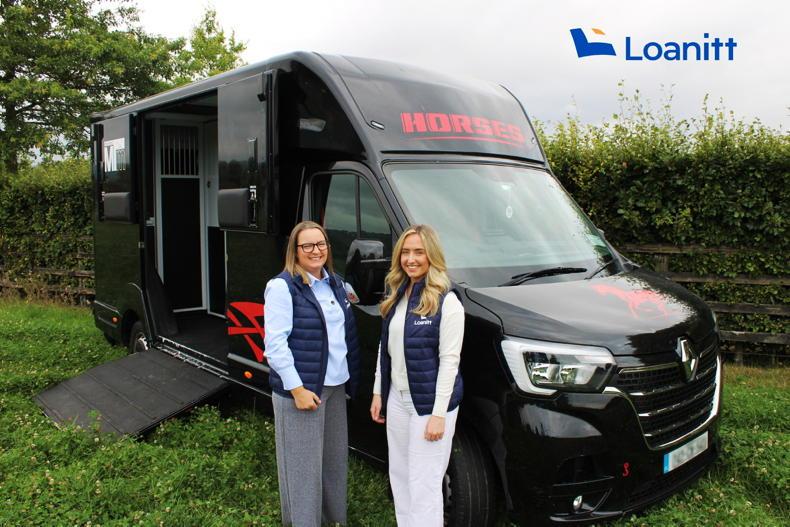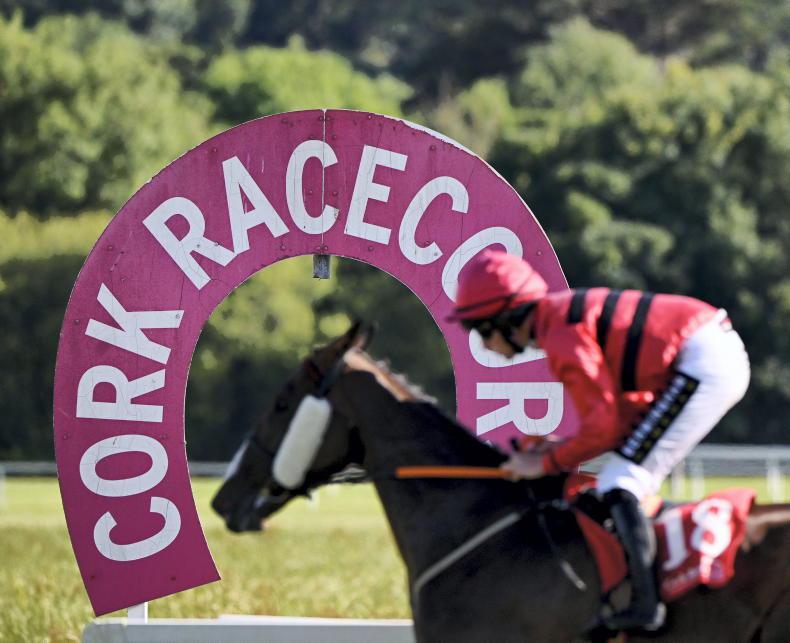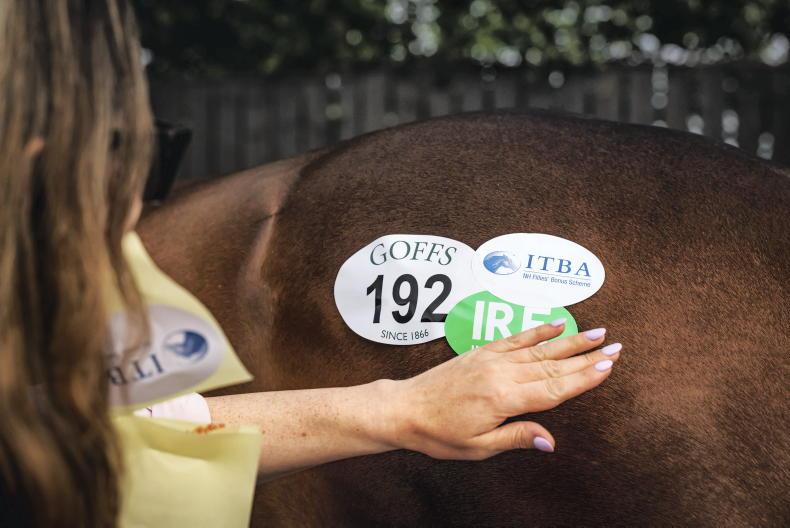IN recent years, many farmers have incorporated their trade and began farming though a company.
In reality, the purpose of most farming companies coming into existence was to take advantage of Ireland’s low corporation tax rate (currently at 12.5%).
When you compare the marginal tax rates of sole traders of up to 55% (income tax at 40%, PRSI at 4% and USC at up to 11%), it is understandable why a company would be attractive to many farmers.
The benefit of companies only really comes into effect when the farm is producing significant profits above what the farmer requires to live and support their family in a year.
A benchmark commonly used is the €100,000 figure.
The meaning of the €100,000 benchmark figure is only if after all farm, personal and tax expenses are paid in a year and the farmer has additional income of circa €100,000 should they begin to examine the possibility of incorporating.
The rationale behind this approach is simply because a company for legal and tax purposes is a person in its own right.
Once the farming trade is incorporated, the income of the farm belongs to the company and not the farmer.
Treating corporate funds as personal funds will easily put the farmer in breach of company law and create tax issues, both of which carry significant penalties.
The farmer will need to extract funds from the company to fund personal expenses.
The only two options available to extract funds from the company are dividends and salary (ignoring director loan accounts which are outside the scope of this article).
The farmer will incur income tax at up to the above rates on salaries and dividends received from the company. If the farmer needs all or most of the farming profits to fund personal expenses, there is no benefit of a company. The farmer is merely incurring additional accountancy fees and administrative work for no benefit.
At this point, I would like to reintroduce you to John and Mary Power. John and Mary are currently farming jointly as sole traders.
As 2022 farm profits increased significantly and their son, Sean, is currently undertaking the Green Cert and farming with them part-time, as well as their younger children, Aisling and Oscar, also interested in farming,
John and Mary have increased production significantly in recent years.
They are seriously examining the possibility of incorporating the farming trade.
- John and Mary’s net farming profits in 2024 are expected to be circa €150,000.
- Personal, household and school fee expenses, et cetera, are expected to be €60,000.
- Medical expenses of €1,000 for the entire family paid by John.
- Tuition fees of €5,000 for Katie and Sean.
- John and Mary tax under joint assessment, with John being the assessable spouse.
- Personal tax credit for 2024 €1,875 or €3,750 combined for John and Mary.
- Earned income credit for 2024 is €1,875.
- 2024 standard rate for married individual is €51,000 with an increase of up €33,000 for the non-assessable spouse’s income.
- PRSI is 4%.
- 2024 USC thresholds are per the table below.
Under this scenario, we will examine John and Mary’s income tax liability.
Under this scenario, the farming trade has transferred to a company and John and Mary receive a salary of €30,000 each from the company to fund personal expenses.
Under the next example we will reduce the taxable profit of the farm to €80,000 while keeping John and Mary’s personal expenses at €60,000 per annum.
Under this example, we will keep the farm profit at €80,000, but the farming trade has been incorporated into a company, with John and Mary still requiring personal funds of €60,000 to cover personal expenses.
While generally it is more tax-efficient to farm through a company, the personal needs of the family must be considered. It is only when the farm is generating significant income over the personal expanses of the family is incorporating beneficial.
Marty Murphy is Head of Tax with ifac, the accountancy firm and financial adviser. Stephen Finn is Tax Consultant with ifac.


 This is a subscriber-only article
This is a subscriber-only article
 It looks like you're browsing in private mode
It looks like you're browsing in private mode









SHARING OPTIONS: